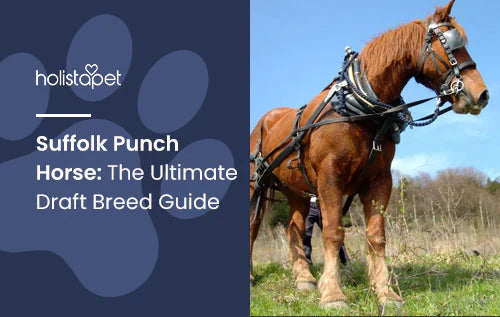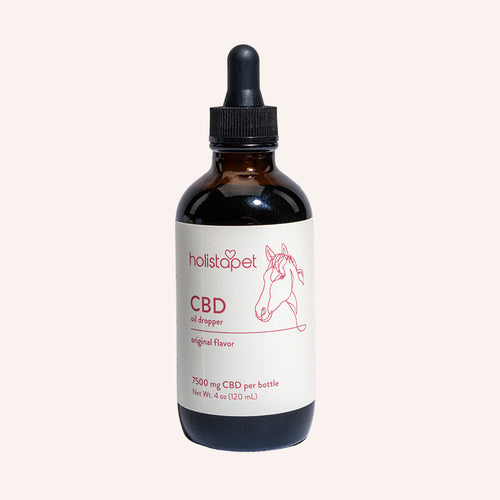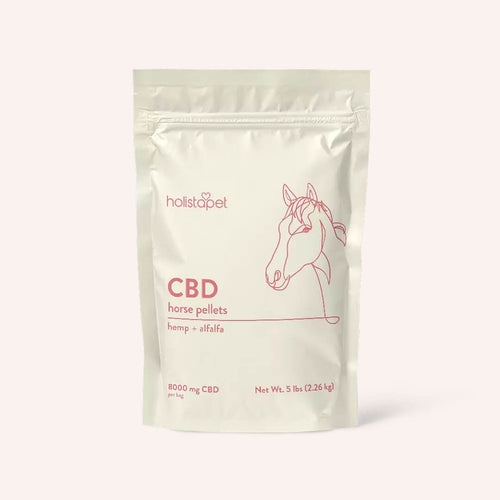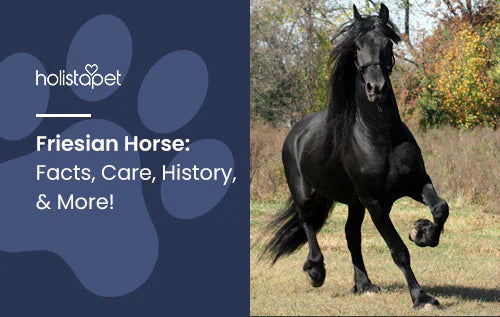The Suffolk Punch Horse is an English-heavy draft breed that loves to work. In fact, the Suffolk is the only draft breed to be developed exclusively for agricultural work. This draft horse eventually got to show its talents in other areas, but their love of hard work is still evident today. This guide will teach you everything you need to know about this breed, so let's meet the Suffolk Punch Horse!
Suffolk Punch Horse Physical Characteristics
Suffolks have a strong, well-muscled neck and broad shoulders. Their back is short and wide. The legs are very stout, and this is the only British draft breed that does not have any featherings on its legs.
Suffolk Punch Horse Size
The average Suffolk is short for a draft breed, generally standing 16.1 to 17.2 hands (65 to 70 inches) tall. They typically weigh around 2,000 pounds. Suffolks are stout, but they are also more muscular than other famous large horses like the Clydesdale.
Many heavy draft breeds were artificially selected for hauling and later adapted for farm work. The Suffolk, however, was bred specifically for the farm. This is why Suffolks differ in size compared to other draft horses.
Suffolk Punch Horse Personality
The Suffolk is an easy horse to train because they are content with a heavy workload. This draft breed does great with people, and it should not go for long periods without human interaction. The average Suffolk is calm, eager to learn, and energetic.
Many draft breeds are known for being "gentle giants," and the Suffolk is no exception. The large horse is kind and has a very even temperament. They don't get spooked too easily, making them reasonably safe mounts for new riders.
Breed History
The Suffolk's origins date back to 16th century England. They were bred by local farmers in the towns of Norfolk and Suffolk for agricultural work. Throughout the following centuries, the Suffolk gained popularity as it was recognized for its excellent stamina and health.
The Suffolk spread throughout England as a working draft breed. Since they were developed by farmers, these horses quickly became one of the best agricultural workers in the country. They could pull carts and equipment for a long time, helping farmers till and harvest their land.
The first Suffolks traveled from England and arrived in the United States in the year 1880. The American Suffolk Horse Association (ASHA) was established in 1907. The ASHA is still the largest Suffolk registry in the United States.
The Second World War left this draft breed endangered. Suffolks were used in World War I to carry artillery, but they were replaced on farms by the technology that arose post-war. By the 1960s, the horse became a rare breed, hard to find even in its native land of England.

How to Care for a Suffolk Punch Horse
The Suffolk is best known for its high stamina, strong body, and determined worth ethic. The best way to preserve their well-established reputation for fieldwork is by giving them some chores!
Suffolk Punch Horse Training
Since the Suffolk has an energetic gait, training should focus on the horse's walking and movement. The most important areas to focus on when strengthening your Suffolk's gait are muscle memory, forward movement, balance, and flexibility. Next time you saddle up, follow these steps:
- Bring your Suffolk to an active walk. Don't let the horse break into any speed faster than a walk, also known as shifting into a higher gear.
- Keep your horse in this active walk, nudging it faster if it slows and pulling back if it speeds up.
- Hone your Suffolk's control by increasing their walking speed. The horse will eventually shift from a walk to a trot or a canter. Pay attention to the speed at which the horse makes this shift.
- Bring the Suffolk back to a walk, and increase the speed. Just as you reach the point where the horse typically breaks into a faster gait, pull back on the reins. This will teach your Suffolk not to change gaits until you request it.
Repeating this exercise can help refine your horse's gait. It increases the animal's control and gives you a clearer picture of their natural gait. This will help you quickly spot a problem in their walking pattern, legs, or hooves, should the gait change.
Nutrition and Feeding for a Suffolk Punch Horse
Draft horses should be fed 1.5-2 pounds of hay per 100 pounds of body weight. They also need a quality source of protein, vitamins, and minerals in their food. These nutrients can be provided with a ration balancer pellet, though you should first discuss this with an equine veterinarian.
The Suffolk Punch Horse requires a good deal of food to maintain its large size. Even though the Suffolk is a relatively short draft breed— standing between 16 and 17 hands tall — they are powerfully built. Their vast nutritional intake provides your Suffolk with a large amount of energy.
This energy needs to be worked off, or the horse could become overweight. Obesity puts draft breeds at high risk for severe joint diseases because they are already such large horses. To preserve their mobility look for ingredients that promote sturdy joints. You can also give your horses CBD Horse pellets for quality nutrition.
View Holistapet's Nutritional Equine Products
Coat Color And Grooming
The Suffolk Horse is always chestnut, though it can come in different shades of this color. These hues include dark liver, dull dark, red, and light chestnut. Suffolks occasionally have white markings on their face and lower legs.
Unless your horse competes in the show ring, they should be bathed as needed. Frequent baths can dry out the natural oils on a horse's coat. If your Suffolk competes in events, wash them the night before an event.
On grooming days, use equine shampoo and towel your horse off afterward. Use a body and face brush on its back and head once your Suffolk is dry. A finishing brush will bring out their coat's beautiful shine!

Health Problems
Suffolk Punch Horses were originally prized for their hardiness, and that remains true today. These horses are not susceptible to many health issues. However, draft breeds are more prone to certain conditions than smaller horses.
Let's take a look at some common health problems that affect draft horses.
Equine Polysaccharide Storage Myopathy (EPSM)
Every large draft horse is at risk for equine polysaccharide storage myopathy (EPSM), a metabolic condition that results in high glycogen levels in the muscles. Signs of this condition include muscle stiffness, shortened strides, firm muscles, and pain during exercise. EPSM may be prevented with a low-carb diet.
Azoturia
Azoturia is a metabolic disorder that causes the horse's muscles to release enzymes into the bloodstream. This places extra strain on the horse's kidneys, which cannot filter the enzymes.
The symptoms of azoturia are dark urine, a rapid pulse, heavy sweating, and stiff muscles. Some experts believe azoturia is linked to equine polysaccharide storage myopathy (EPSM). EPSM is preventable with a low-carbohydrate diet, so this might be an option for your horse.
Shivers
Shivers is a neuromuscular condition that causes muscle spasms. It possibly results from an inherited gene, neural lesions, or trauma. The exact cause of the disorder is unknown. Symptoms include trembling hindquarters, the inability to walk backward, and a tail that "pumps" up and down. You can treat the condition with massages, acupuncture, exercise, and proper amounts of vitamin E and selenium.
How to Get a Suffolk Punch Horse
The best place to find these horses for purchase is the American Suffolk Horse Association (AHSA). This is the largest American registry of its kind. Expect to spend around $5,000, though the price may vary based on the horse's skill-set and breeding potential.
The UK-based Rare Breeds Survival Trust has classified the Suffolk Horse as critically endangered. This means fewer than 300 Suffolks are registered in the UK (there are 600 American Suffolks). Their popularity has been rising, but it may be tough to find a Suffolk on a marketplace like EquineNow.
Check Out More Horse Breeds Here

More About This Horse Breed
The Suffolk Horse has a long history, thriving in 16th century England and experiencing dwindling numbers in recent years. Today, the Suffolk grows more popular as modern equestrians discover this strong, capable breed. Now, go meet some Suffolk Punch Horses and see what all the fuss is about!
Read Next: Standardbred Horse Breed: The Competitive Horse Guide


 CBD Oil for Horses - Fast Acting
CBD Oil for Horses - Fast Acting
 CBD Pellets for Horses - Easy Dose
CBD Pellets for Horses - Easy Dose
 "Ridin' On My Horse" Bundle - Highly Rated
"Ridin' On My Horse" Bundle - Highly Rated




Leave a comment
All comments are moderated before being published.
This site is protected by hCaptcha and the hCaptcha Privacy Policy and Terms of Service apply.